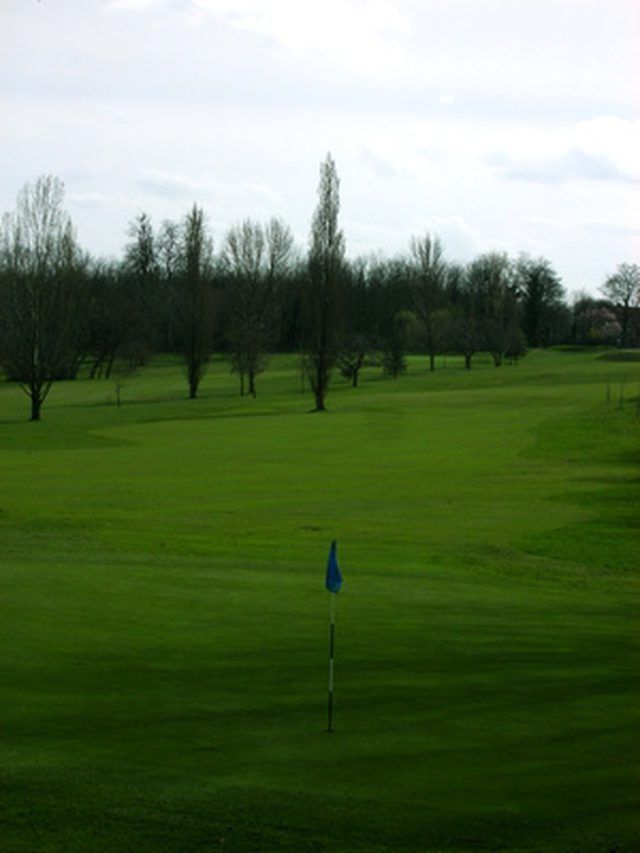Bulbs
Flower Basics
Flower Beds & Specialty Gardens
Flower Garden
Garden Furniture
Garden Gnomes
Garden Seeds
Garden Sheds
Garden Statues
Garden Tools & Supplies
Gardening Basics
Green & Organic
Groundcovers & Vines
Growing Annuals
Growing Basil
Growing Beans
Growing Berries
Growing Blueberries
Growing Cactus
Growing Corn
Growing Cotton
Growing Edibles
Growing Flowers
Growing Garlic
Growing Grapes
Growing Grass
Growing Herbs
Growing Jasmine
Growing Mint
Growing Mushrooms
Orchids
Growing Peanuts
Growing Perennials
Growing Plants
Growing Rosemary
Growing Roses
Growing Strawberries
Growing Sunflowers
Growing Thyme
Growing Tomatoes
Growing Tulips
Growing Vegetables
Herb Basics
Herb Garden
Indoor Growing
Landscaping Basics
Landscaping Patios
Landscaping Plants
Landscaping Shrubs
Landscaping Trees
Landscaping Walks & Pathways
Lawn Basics
Lawn Maintenance
Lawn Mowers
Lawn Ornaments
Lawn Planting
Lawn Tools
Outdoor Growing
Overall Landscape Planning
Pests, Weeds & Problems
Plant Basics
Rock Garden
Rose Garden
Shrubs
Soil
Specialty Gardens
Trees
Vegetable Garden
Yard Maintenance
How to Grow Bent Grass
How to Grow Bent Grass. Bentgrass, a fine-textured, bright green grass, is commonly used on putting greens, golf courses and lawn tennis courts throughout the U.S. This cool-season grass is native to Europe and some regions of Asia, where it commonly adorns lawns and pastures. Preferring sunny, well-drained soils, this perennial grass produces a...

Bentgrass, a fine-textured, bright green grass, is commonly used on putting greens, golf courses and lawn tennis courts throughout the U.S. This cool-season grass is native to Europe and some regions of Asia, where it commonly adorns lawns and pastures. Preferring sunny, well-drained soils, this perennial grass produces a stunning landscape when cared for properly.
Things You'll Need
Pitchfork or rototiller
Soil pH testing kit
Lime or peat moss
Metal garden rake
Starter fertilizer
Drop spreader
Bentgrass seed
Soaker hose
Fertilizer
Clear the ground of leaves, sticks, large stones or debris. Pull weeds, exposing as much soil as possible. Break up the soil to a 2-inch depth using a pitchfork or rototiller.
Test the soil to determine the pH with a soil testing kit purchased from a garden center. Bentgrass prefers to grow in soil with a pH between 5.5 and 6.5. Mix lime in with the soil if the pH is below 5.5. Add peat moss fora pH above 6.5. Follow the label instructions for allocation amounts.
Rake the soil patch with a metal garden rake, creating a level planting area for the bentgrass. Broadcast a grass starter fertilizer over the soil using a drop spreader. Follow the instructions on the product label for allocation amounts.
Even out the soil with the metal garden rake. Blend the fertilizer in with the soil as you do so. Fill the drop spreader with bentgrass seed. Most manufactures of bentgrass seed recommend 1 lb. of seed per 1,000 square foot of soil; follow the label instructions for seeding amounts.
Run a soaker hose through the planting area and water the bentgrass seed generously after broadcasting. Keep the soil moist throughout the seed germination process, usually 10 and 14 days. Twice-daily waterings for five to 10 minutes per watering should suffice. Water once per day once the bentgrass reaches a height of two inches.
Tips & Warnings
Most bentgrass turfs are trimmed to a 1/2 inch or less, depending on preference.
Bentgrass may need more frequent waterings to keep it green during a dry spell, because of its shallow root system.
Fertilize the bentgrass with a nitrogen-based fertilizer following package directions. Most bentgrass appreciates a dose of fertilizer in the early spring and fall.
Mow the bentgrass frequently to avoid damaging the bentgrass, especially if you want to keep it traditionally short. Allowing the bentgrass to grow high, and then mowing it down low, can cause scalp injury.